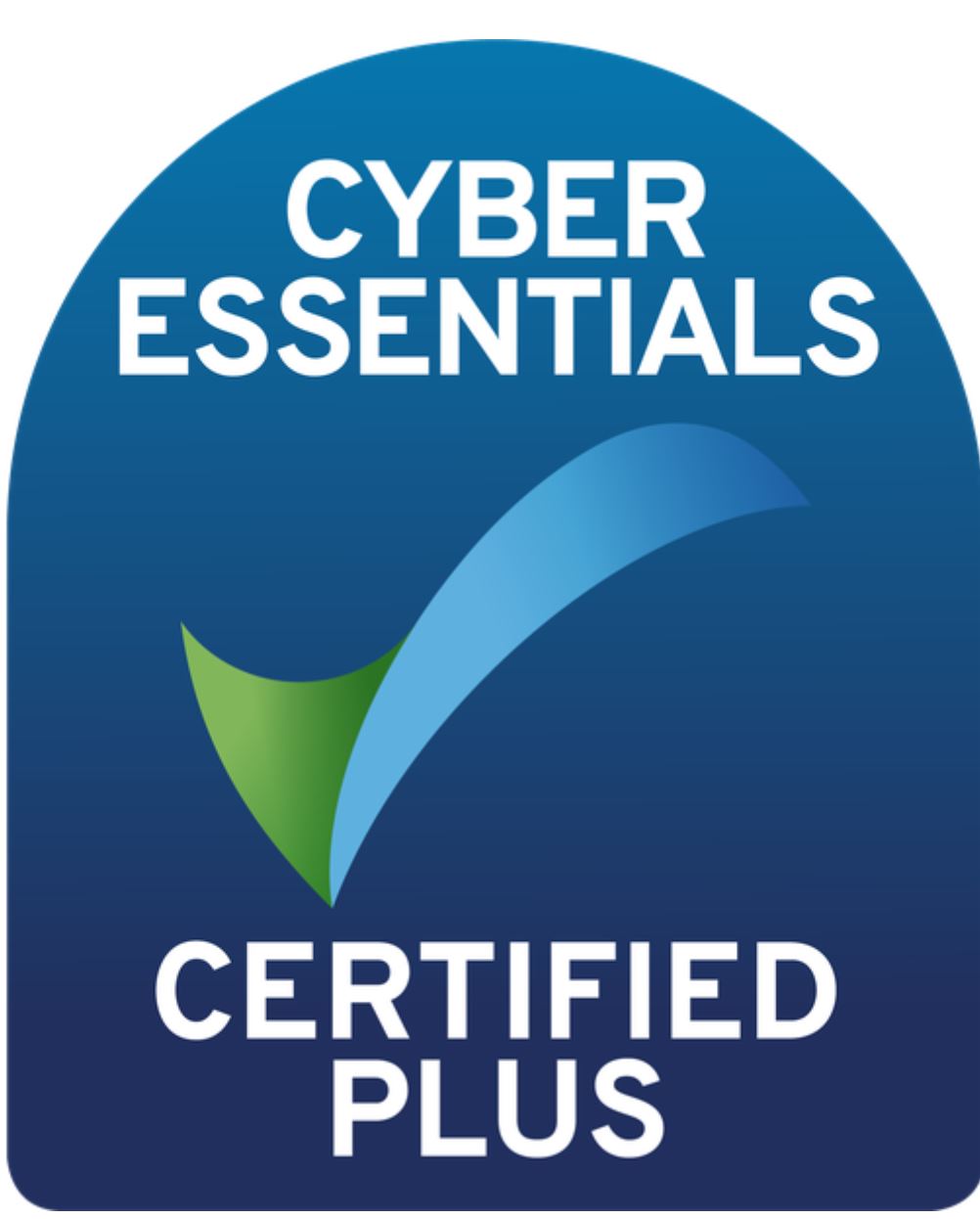Why Should You Run Staff Surveys?
How do you find out what your employees enjoy about working for you?How do you measure how effective your management really is? Or how do you tell if your employees are engaged in their roles, giving their all to their work?
If your answer is ‘we talk about it in their annual reviews’, then we’re sorry, but you’re doing it wrong. Reviews are great, but only asking for (and giving) feedback once a year is highly unlikely to lead to any meaningful change. So how do you achieve all these things without becoming a huge tax on management’s time? Staff surveys!
If your answer is ‘we talk about it in their annual reviews’, then we’re sorry, but you’re doing it wrong. Reviews are great, but only asking for (and giving) feedback once a year is highly unlikely to lead to any meaningful change. So how do you achieve all these things without becoming a huge tax on management’s time? Staff surveys!
Surveys
Employee surveys of all shapes and sizes (for there are many), are a great way to check the pulse of your organisation on a regular basis. They give you the chance to find out what’s going on on the ground floor, gain valuable insights into employee engagement and provide a clear view of your strengths, weaknesses and areas of improvement. To show you just how valuable surveys can be, we have a few examples of what they can do for your organisation, and how to get the most out of them.
Measure Employee Engagement
The big reason everyone gives for doing surveys is to measure employee engagement levels. Studies show that only around one third of UK workers say they are engaged – which leaves two thirds of workers who aren’t. Engaged workers are happier, healthier and better for business, so it’s imperative to know where you are and what you could do better. By measuring the key drivers of engagement within your organisation, you can find out whether your employees are engaged or disengaged, and what areas your organisation could improve to promote better engagement.
Give Employees A Voice
Running a survey of any kind opens up avenues for employees to give feedback. An opportunity to give staff a voice in the business, involving and connecting them with the management team. Allowing them to feel that their concerns are being heard. If you do anonymous surveys, it allows for more honest, candid feedback, and gives employees the chance to raise grievances or issues they otherwise wouldn’t feel comfortable doing. Choosing to do non-anonymous surveys, opens up a two-way dialogue that promotes employee involvement in the development of the business, of new products or services or changes in the way things are done. This leads really nicely on to our next point…
Increase Employee Engagement
Not only can surveys measure employee engagement levels, they can also be used to actively increase employee engagement. When employees feel involved, or like they have a stake in the business, they are naturally more engaged in their work. This works even better if you take information gained from the surveys and are seen to implement real changes. For instance, developing a company-wide engagement plan, or identifying action areas. All of this reinforces your workplace culture and the message that your employees matter to the business and have a stake in its success, which is one of the key drivers for engagement.
Direct Organisational Growth
Using data from these surveys, your company can get a better understanding of those ‘intangible’ things like employee satisfaction, leadership effectiveness and workplace culture. This gives you a clear and objective view of how things actually are, and what needs to change. It also lets you identify best practice areas you might not have even thought about in your business. For example, if one department has a much higher engagement rate than others, use that data to analyse why that is. Utilising that knowledge to implement those best practices across the entire organisation.
Benchmark Your Results
Of course, making all of these changes is one thing, but how do you know if any of it worked? By running regular surveys you can collect multiple data sets, allowing you to benchmark the data for comparison. You can compare your results today with those from 3 or 6 months ago, giving you tangible proof of change and progress. Use this data to compare your business against competitors or other industry-specific data to gain an insight of how well you are performing.
Choosing Your Survey
So now you know the benefits of conducting staff surveys. The question is which type do you chose? After all, there are dozens of options out there, each one suited to a slightly different outcome. There are two types of survey that work well in any organisation, and can be tailored to suit any goal: pulse surveys and staff surveys.
- Pulse Surveys: Continual quick surveys are a great way for businesses to measure their organisation at regular intervals. Over time, they are an efficient and effective way to get feedback from employees. Unlike other surveys, pulse surveys are shorter, more frequent and happen at regular, pre-arranged intervals. This means you can collect information that’s more relevant, and can implement changes based on current data – not what was happening 12 months ago. They are smaller, easier to complete and usually more effective.
- Staff Surveys: Then you have the other side of the coin. yearly staff surveys are designed to help support your team’s learning and development, and generally support their engagement with the business. They are an effective method of appraising the strengths and weaknesses of each employee. Providing a clear development plan for future growth. This opens up avenues for them to contribute more and advance in their roles quicker – all of which boost employee engagement.
Whatever kind of organisation you run, employee surveys are an ideal way to gather data that’s crucial to your business growth and development.
A safe and secure way for your people to anonymously raise concerns via phone, tablet, or PC, ensuring you are aware of any workplace issues and can respond quickly and accordingly
A secure online place to record, track, update, and report on all speaking up matters, whether raised through WorkInConfidence or directly.
Easily set up, run and interpret surveys on engagement, respect, wellness or other topics to ensure you always understand your people, their needs and motivations.
Demonstrate your commitment to collaboration with discussion boards to accelerate employee engagement and gain greater insights – anonymous if required.
Subscribe for insights
Get actionable employee listening insight & resources, direct to your inbox





